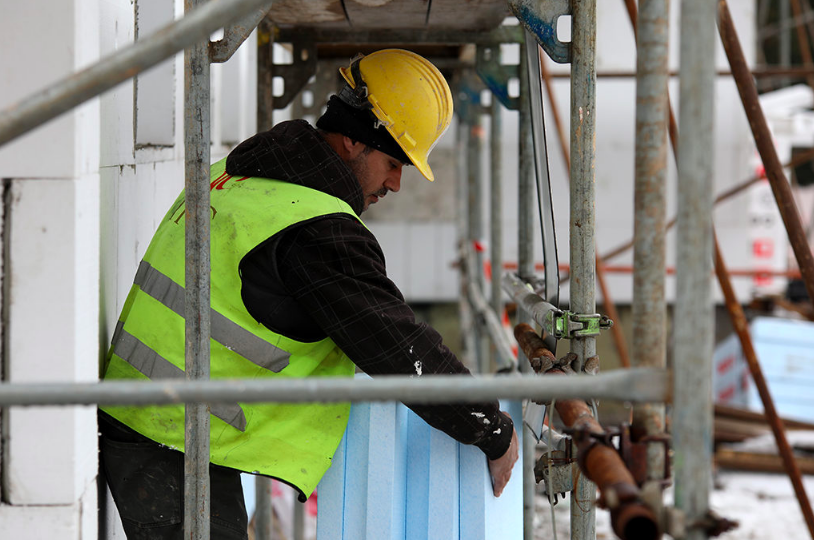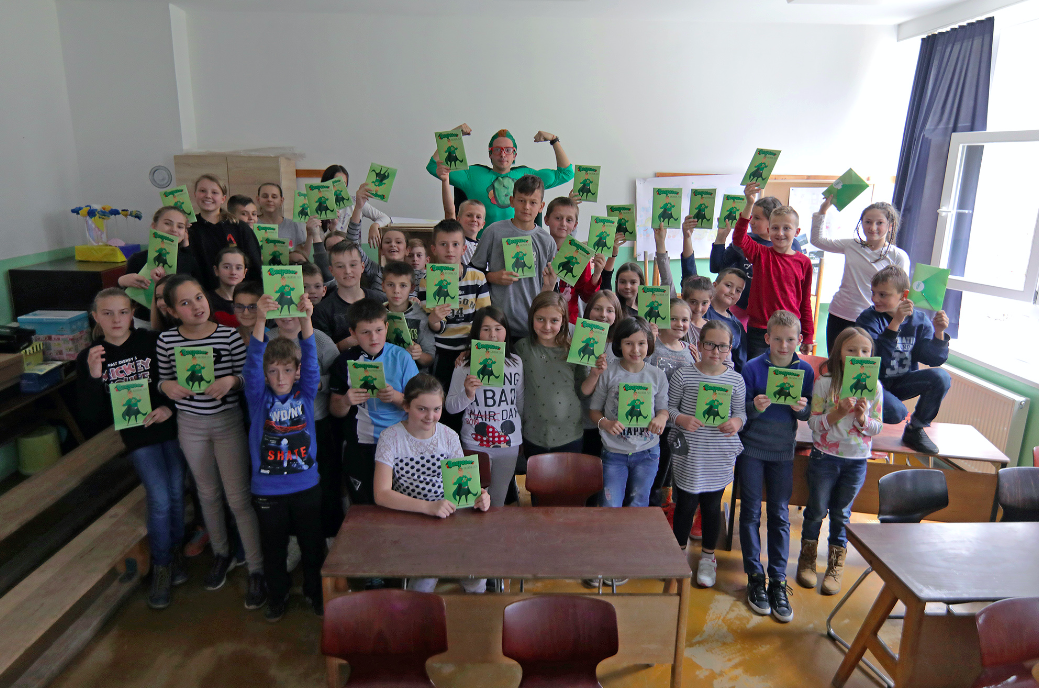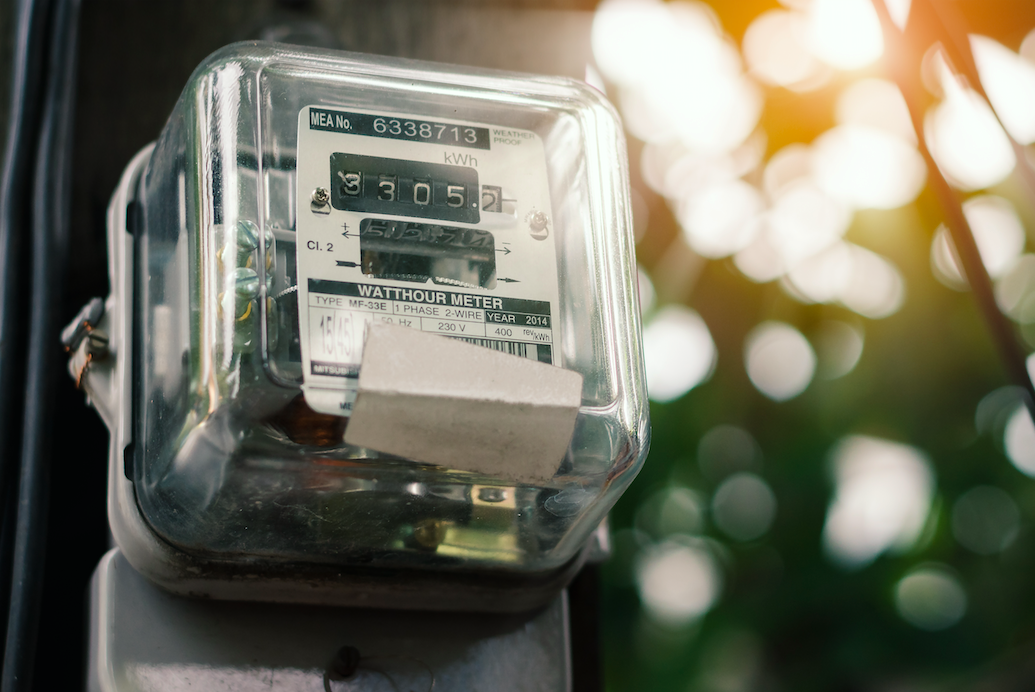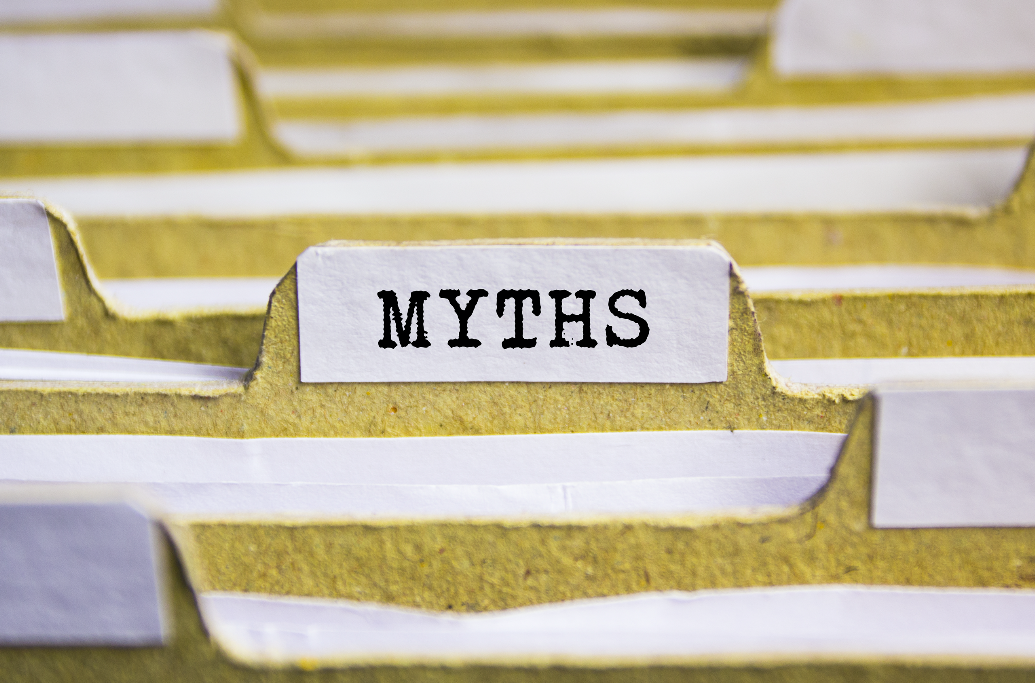
Since 2016, energy efficiency measures implemented within the Bosnia Energy Efficiency Project (BEEP) have been implemented in the buildings of public institutions in the Federation of BiH. To date, more than 22 million BAM has been invested in the reconstruction of 48 buildings, reducing CO2 emissions by 3,714 tones per year. In addition to increasing comfort for more than 410,000 users, the Project also results in savings of over 2.7 million BAM per year.
Buildings of high social importance, such as ones of educational and health institutions, are in the focus of the Project, along with other public buildings. Since the start of the implementation of the Project, a total of 48 facilities have been renovated, 35 of which are educational, 8 are health, and 5 are other public institutions.
The implementation of the Project will continue at the same pace in the upcoming period, as seven new public buildings in the FBiH will receive a new, energy-efficient attire. Five of these objects are health institutions, while two are educational ones. All seven are in the area of three cantons: Herzegovina-Neretva Canton, Sarajevo Canton, and Canton 10.
All work will be done according to international energy efficiency standards. Objects that will be a part of the Project in the upcoming period are High school for Environment and Wood Design in Sarajevo, Secondary Traffic school/Secondary Mechanical School in Mostar, Ambulance Building in Capljina, Prozor High school in Prozor-Rama, Ambulance Building in Citluk, Primary school “Drvar” and Center for Culture “Narodni Univerzitet Konjic.”
Renovation of these facilities, which includes implementation of measures such as window replacement, thermal insulation of the facade, and replacement of exterior joinery, will undoubtedly improve the living conditions of users and employees of these institutions. Implementation of Bosnia Energy Efficiency Project (BEEP) continues












